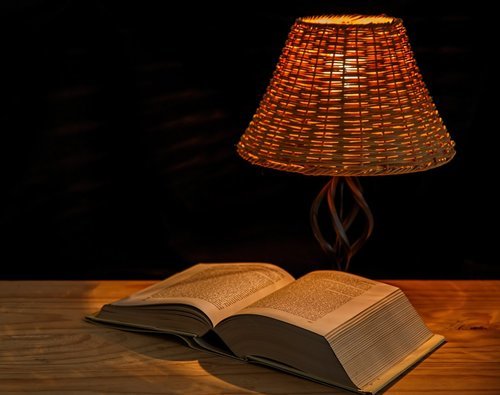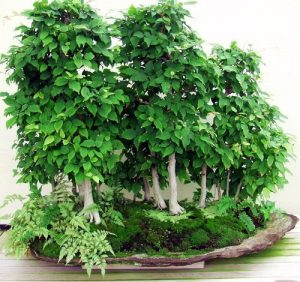Indoor Lighting and the Environment
Most of us know by now that our use of indoor lighting has an impact on the environment. Incandescent lamps have been phased out in countries worldwide, leaving consumers with the leading choice of fluorescent or LED lamps for their indoor lighting needs. Which of these two is best?

LED vs Fluorescent
Fluorescent lighting and LED lighting are both vastly superior to old filament lamps in terms of energy efficiency. That’s because they don’t expend most of their energy in creating heat. So, which of them should you choose? Here are a few points to consider:
- Fluorescent lighting is cheaper to buy in the short term
- Fluorescent lights are naturally omnidirectional, and LEDs are not
- LEDs can tolerate frequent on and off switching, whereas this reduces the fluorescent lifespan
- LED lighting is more energy efficient on average than fluorescent
- LED lamps typically last longer than fluorescent
- LEDs are naturally robust (withstand shock or vibration) and resistant to cold
Other Ways to Save Lighting Energy
Aside from the technology you use, there are other things you can do with lighting to save energy. Here are some of them:
- Choose lamp shades and fixtures to maximise efficiency. For instance, shades made from a lighter material allow more light to pass through, so you’ll need fewer lumens and less power to illuminate a room.
- Dimmer switches work with a proportion of LED lamps and help save energy. A low level of general room lighting contrasted with small pockets of light (e.g., table lamps, picture lights) creates mood, too.
- Motion sensors are often used outdoors, but you can use them indoors to avoid wastage when lights are accidentally left on. They work well in areas such as utility rooms, larders, laundry rooms and hallways.
By thinking about the properties of lighting and light fixtures, you can save even more energy and enhance the look of your home!


